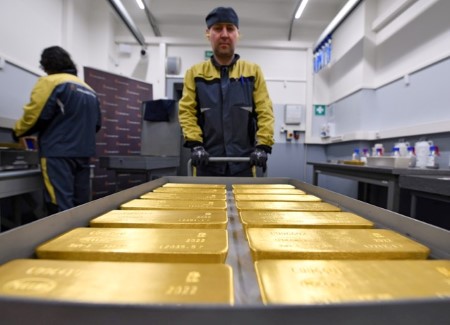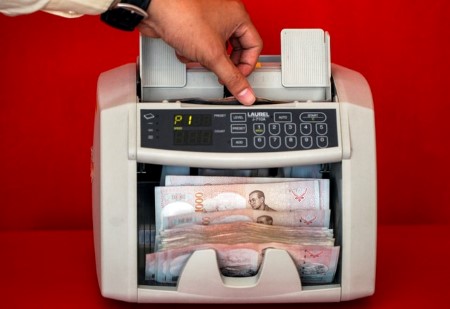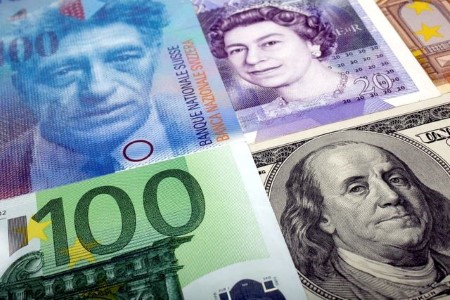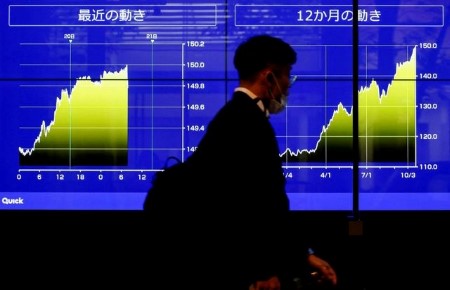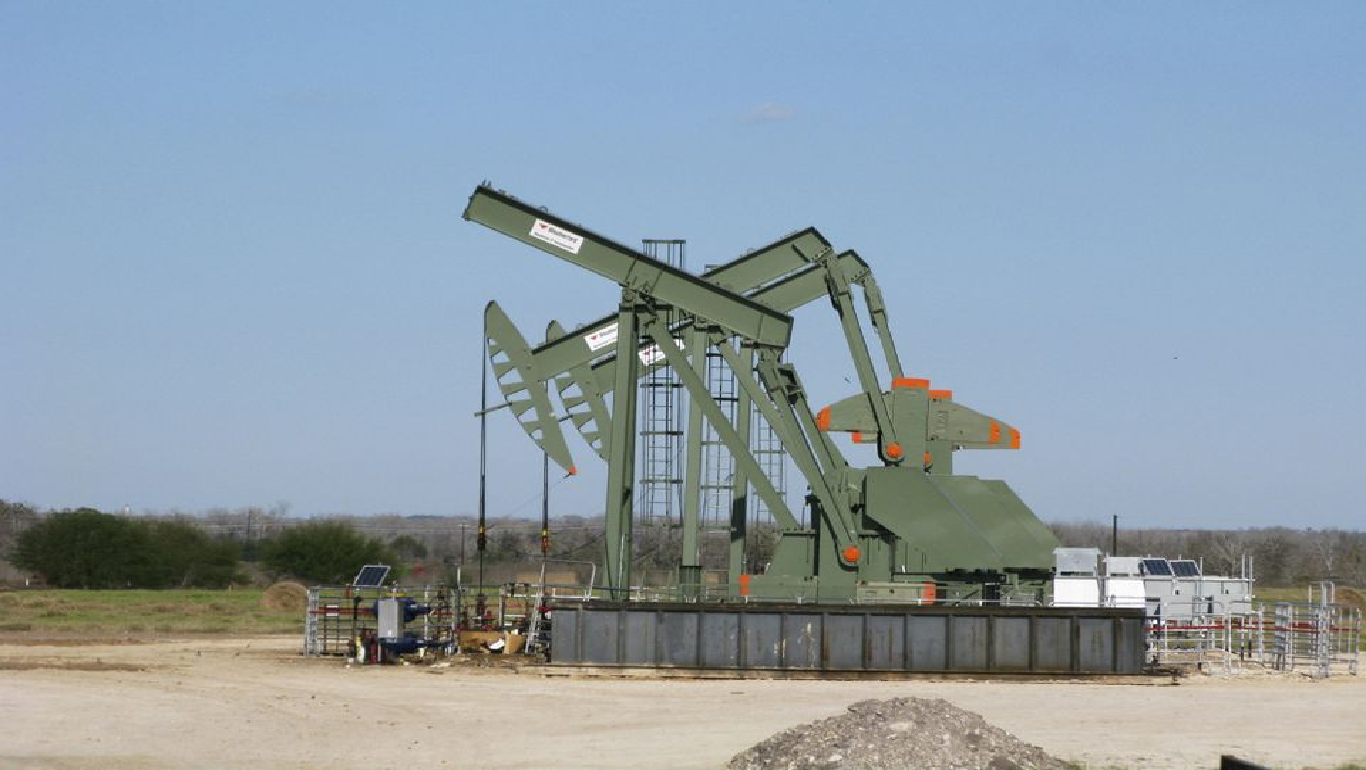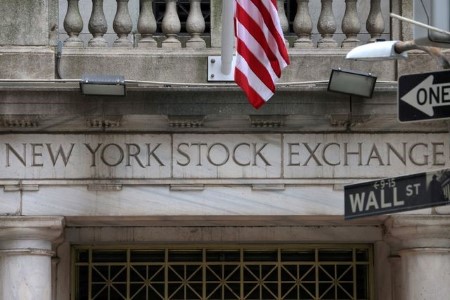Nov 16 (Reuters) – Gold hovered near its three-month peak on Wednesday, weighed by a slightly stronger dollar while benchmark yields were lower, as the market focus shifted from global tensions to the Federal Reserve’s interest rate strategy.
Spot gold edged 0.3% lower to USD 1,773.13 per ounce by 2:08 p.m. ET (1908 GMT), while US gold futures settled down around 0.1% to USD 1,775.8.
News that stoked geopolitical tensions had a limited impact on gold, Daniel Ghali, commodity strategist at TD Securities, said, adding there would be a lull until fresh information on US inflation.
Bullion held near peaks hit on Tuesday that were the highest since Aug. 15, following reports of a missile killing two people in Poland near the border with Ukraine.
It gave up some of its gains after US President Joe Biden said the weapon may not have been fired from Russia, easing concerns of a major escalation in the war.
The dollar edged up 0.1%, making bullion more expensive for overseas buyers, yet the yellow metal got a lift as benchmark 10-year yields were near their lowest since Oct. 5.
Traders took stock of data showing US retail sales increased more than expected in October, while data on Tuesday showed a smaller than expected increase in US producer prices in October that had raised hopes the Fed could slow rate hikes.
Rising rates reduce the appeal of non-yielding bullion.
“It’s possible in the very near term that we continue to see this move higher resulting from short-covering but beyond the USD 1,850 threshold that will probably subside, and we are looking for gold prices to weaken thereafter,” Ghali added.
Silver fell 0.6% to USD 21.41 per ounce, platinum was down 1.2% to USD 1,002.47 and palladium slipped 1.1% to USD 2,075.55.
(Reporting by Seher Dareen and Kavya Guduru in Bengaluru; editing by Barbara Lewis and Sandra Maler)






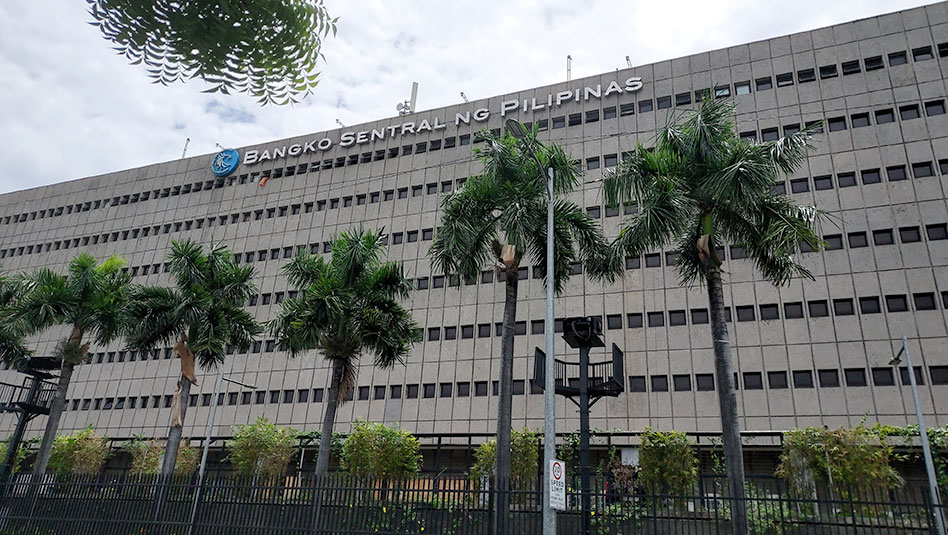
 DOWNLOAD
DOWNLOAD




